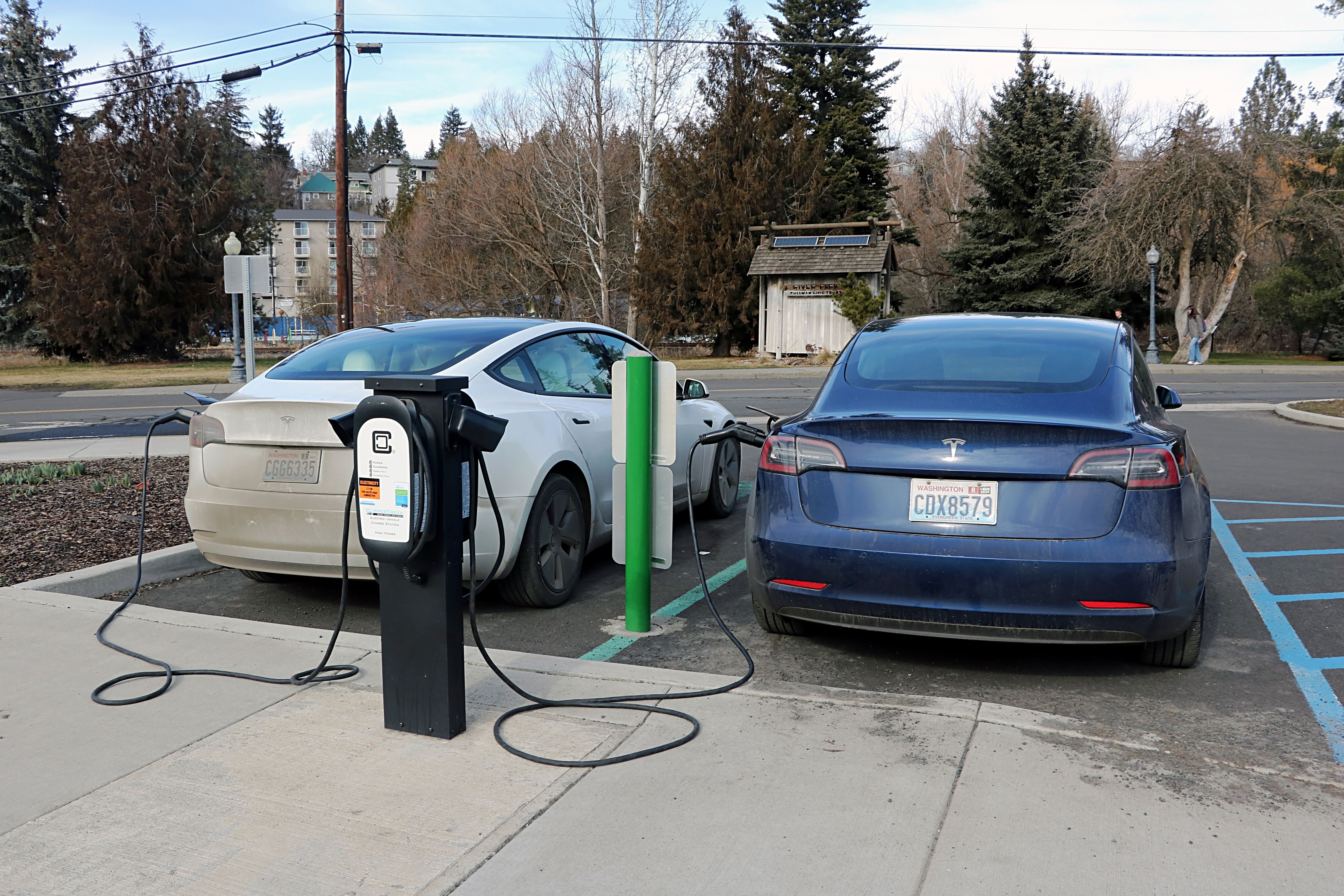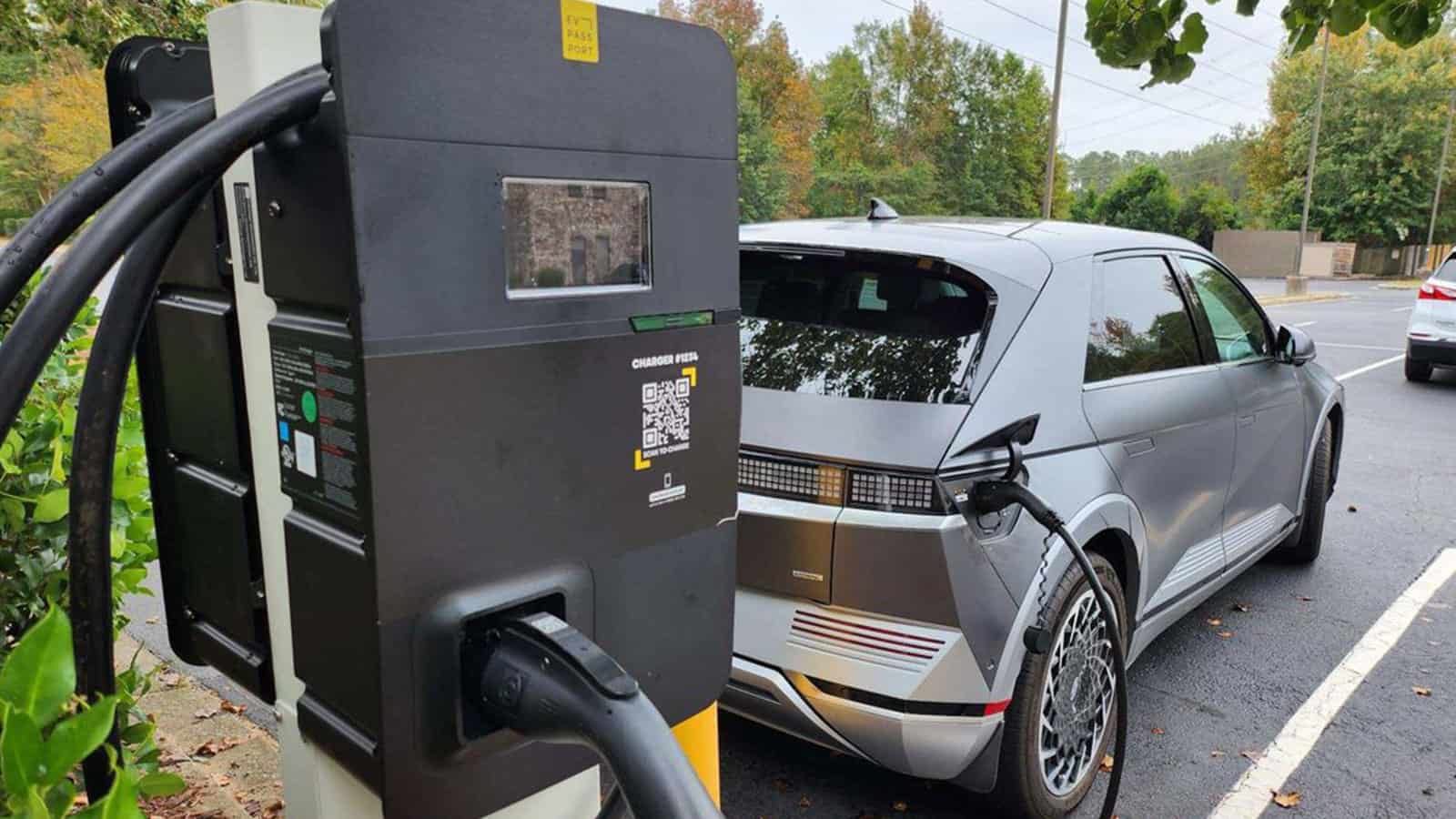Everything You Should Know Before You Decide to Buy EV Charging news
Everything You Should Know Before You Decide to Buy EV Charging news
Blog Article
Top EV Charging Information: Key Updates on Facilities and Development

Recent Developments in Fast-Charging Innovation

In addition, innovations in battery modern technology, consisting of improved thermal monitoring systems and higher power thickness batteries, complement fast-charging capabilities. These advancements reduce the threat of battery destruction throughout fast charging, making sure durability and efficiency for EV owners.
Furthermore, the combination of clever billing options is boosting customer experience, allowing real-time tracking and dynamic pricing designs. EV Charging news. This versatility permits chauffeurs to optimize billing costs and times based upon grid need
As automakers remain to spend in fast-charging networks, the cooperation in between market stakeholders is important. Collaborations between charging station service providers and automobile suppliers are leading the way for substantial coverage, eventually promoting a more robust EV ecological community. These developments are critical in supporting the transition to sustainable transport.
Government Efforts for Charging Development
Federal government campaigns play a crucial duty in the development of electric lorry (EV) charging facilities, promoting the change to sustainable transport. Different federal and state programs are being applied to boost billing accessibility, decrease the monetary problem on consumers, and promote the fostering of electric automobiles.
Significantly, the U.S. federal government has alloted considerable funding with the Framework Investment and Jobs Act, which sets aside $7.5 billion for EV charging network growth throughout the nation. This funding is intended at releasing hundreds of new charging stations, especially in underserved locations, thus addressing array anxiousness among prospective EV purchasers.
In addition, various states are passing regulation to simplify the allowing process for billing station setups, which is crucial for increasing implementation. Motivations such as tax obligation debts and discounts for both customers and businesses are also being introduced to urge the installment of charging facilities.
Moreover, public-private collaborations are significantly becoming a focus, leveraging private investment to enhance government funding. These efforts underscore a collaborative approach essential for building a detailed and effective EV charging network, ultimately adding to a greener and more lasting future.
Cutting-edge Battery Solutions Enhancing Effectiveness
Transforming the landscape of electric vehicle (EV) technology, cutting-edge battery services are dramatically improving effectiveness and performance. Advancements in battery chemistry, especially with lithium-sulfur and solid-state batteries, are bring about increased energy density, which permits longer varieties and faster charging times. These brand-new battery kinds have the potential to outperform typical lithium-ion batteries by supplying higher abilities while decreasing weight, therefore enhancing total car effectiveness.
Furthermore, developments in battery management systems (BMS) are maximizing energy use and expanding battery life expectancy. Smart formulas check battery wellness and efficiency, enabling real-time adjustments to billing and releasing processes. This not only enhances the performance of the battery however likewise makes certain a much more dependable and lasting energy source for EVs.
Furthermore, the combination of recycling modern technologies is resolving the ecological influence of battery manufacturing and disposal. Advancements in second-life applications for EV batteries are promoting their use in energy storage systems, adding to a circular economic climate.
As these cutting-edge battery options remain to develop, they promise to change the EV market, making electrical automobiles much more available and attractive to a more comprehensive audience while supporting international sustainability objectives.

Collaboration In Between Automakers and Charging Networks
Recognizing the vital need for a robust billing facilities, automakers are significantly working together with charging network providers to enhance the EV ownership experience (EV Charging news). These collaborations aim to develop a smooth billing environment that profits customers and supports the transition to electrical cars
Major automotive brand names are signing up with forces with established charging networks to broaden their billing terminal coverage, making certain chauffeurs have access to reliable and convenient billing alternatives. Partnerships with networks like ChargePoint and Electrify America enable car manufacturers to integrate charging solutions straight right into their automobiles' navigating systems, guiding individuals to the local terminals and offering real-time accessibility updates.
In addition, these collaborations commonly result in the development of fast-charging modern technologies that significantly decrease the time needed to reenergize an EV. By merging sources and know-how, car manufacturers and charging networks can innovate much faster, producing services that satisfy the growing need for electric flexibility.
Furthermore, joint initiatives might also lead to Visit Website even more standardized my latest blog post billing procedures, which can minimize consumer confusion and advertise broader EV fostering. In general, these tactical alliances are critical in constructing a user-friendly and effective billing infrastructure that meets the requirements of an increasing electric lorry market.
Obstacles Facing EV Billing Framework
As the electric lorry market proceeds to grow, several challenges are surfacing that prevent the advancement of a comprehensive billing facilities. Among the primary barriers is the inadequate number of charging terminals, specifically in rural and underserved urban locations. This gap creates range anxiety amongst possible EV purchasers, preventing them from making the button.
Furthermore, the absence of standardization in billing modern technology makes complex the facilities landscape. Variations in plug kinds and billing speeds can develop complication for customers and boost operational intricacies for charging network operators. Additionally, the integration of billing terminals into existing electrical grids positions considerable challenges. Numerous areas encounter capability constraints, needing significant financial investments in grid upgrades to accommodate increased demand.
Another pressing concern is the high cost connected with the installment and upkeep of charging terminals, which can be an obstacle for both public entities and personal organizations. Finally, regulatory hurdles and zoning restrictions can postpone the deployment of charging framework, hindering development in expanding essential services. Resolving these challenges will certainly be vital for fostering a durable EV environment that supports the change to lasting transport.
Verdict
Finally, the ongoing developments in EV charging modern technology, sustained by considerable government efforts and ingenious battery solutions, are critical for the growth and effectiveness of electric lorry facilities. Cooperations in between automakers and billing carriers additionally boost station coverage, resolving the growing demand for obtainable charging alternatives. In spite of challenges that linger within the EV charging landscape, these growths indicate a positive trajectory in the direction of an extra effective and sustainable electric vehicle ecosystem.
Innovations in billing facilities have actually led to the growth of ultra-fast chargers qualified of supplying up to 350 kW of power, considerably minimizing billing times. Variants in plug types and billing speeds can moved here create confusion for users and raise operational complexities for charging network drivers.In final thought, the recurring developments in EV billing innovation, sustained by considerable federal government campaigns and ingenious battery options, are vital for the growth and efficiency of electrical automobile facilities. Cooperations in between car manufacturers and charging providers even more improve terminal protection, resolving the expanding need for accessible billing alternatives. In spite of obstacles that linger within the EV billing landscape, these developments indicate a favorable trajectory in the direction of an extra reliable and sustainable electrical lorry environment.
Report this page